I'm not sure if the title does this question justice, but here it goes:
I have three datasets Forecasts1, Forecasts2 and Forecasts3. They are all time series data composed of a date variable and variables r1 through r241.
For a given r variable (lets just use r1-r3, and only Forecasts 1 and 2 for now) each dataset has only one row where the value isn't null, and it is a different row in each dataset.
Forecast 1 looks like this:
Forecast 2 looks like this:
I need to be able to combine them such that r1-r3 contain all the non-null values, without creating duplicate date rows to hold the null values.
So ideally the finished produce would look like this:
I've tried various types of merges and sets, but I keep getting duplicate date rows. How would I go about doing this properly for all 241 (or more) variables? (specifically in SAS or Proc SQL?)
LINKS TO GOOGLE DOCS CONTAINING DATA:
Forecasts1: https://docs.google.com/spreadsheets/d/1iUEwPltU6V6ijgnkALFiIdrwrolDFt8xaITZaFC4WN8/edit?usp=sharing
Forecasts2: https://docs.google.com/spreadsheets/d/1lQGKYJlz6AAR-DWtoWnl8SwzCNAmSpj7yxRqRgnybr8/edit?usp=sharing


